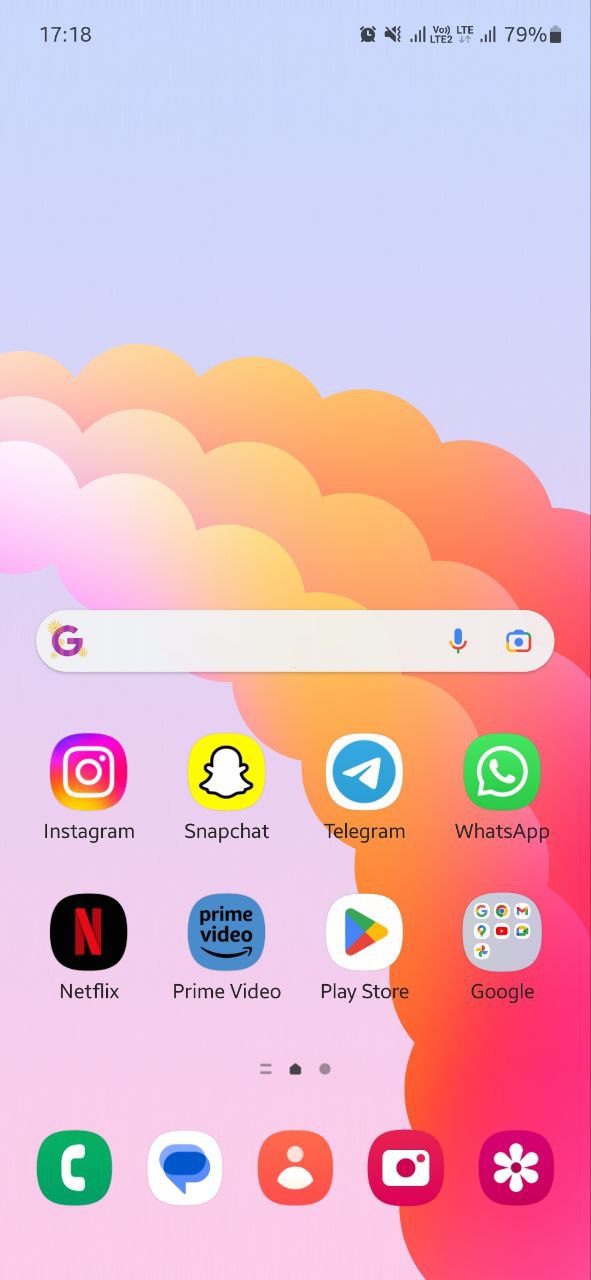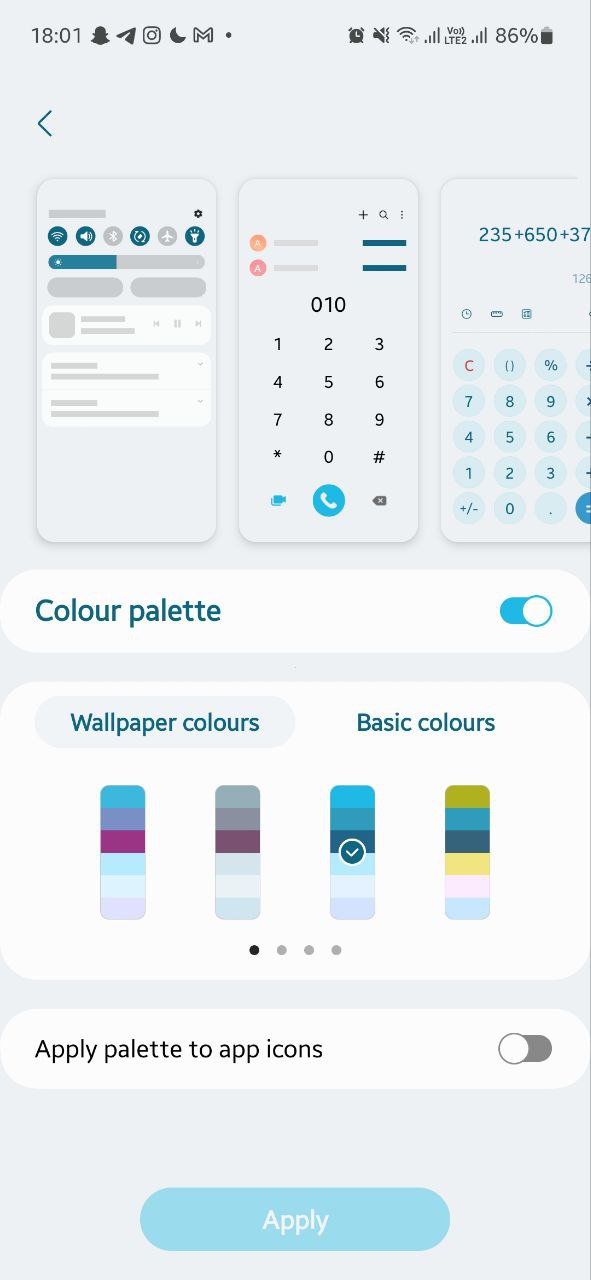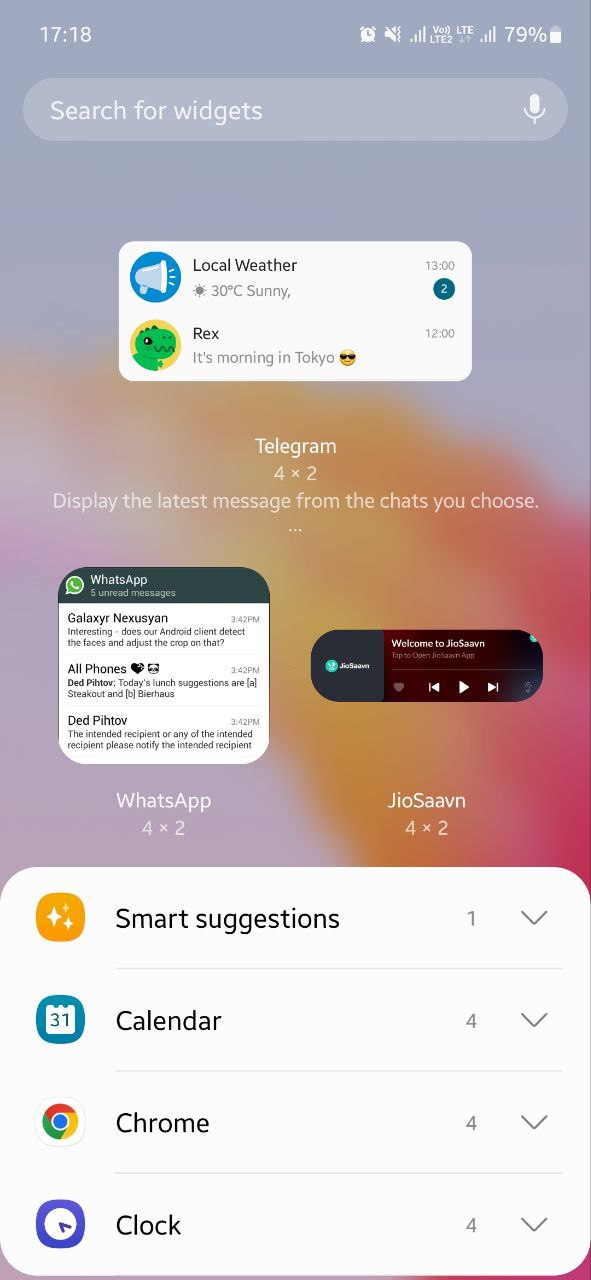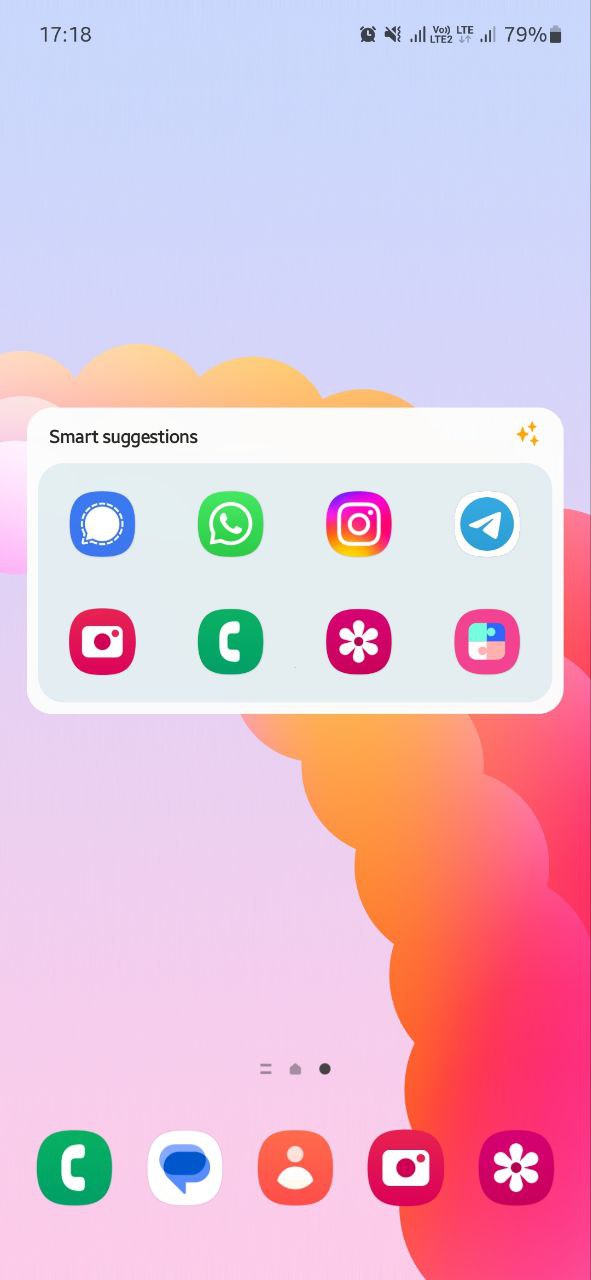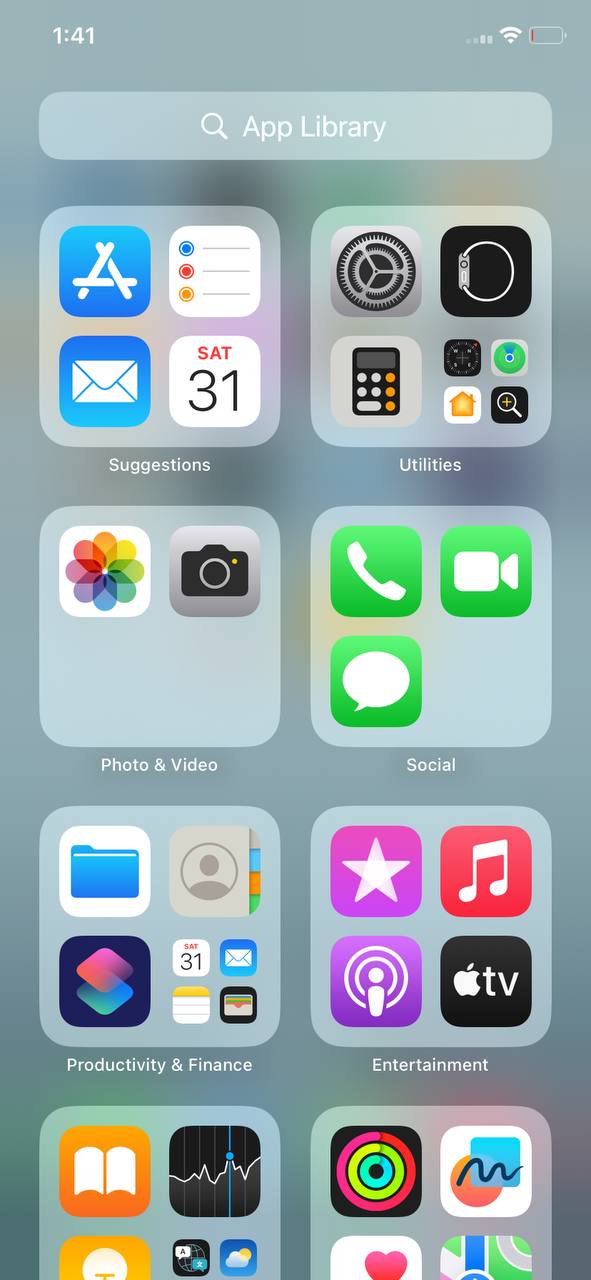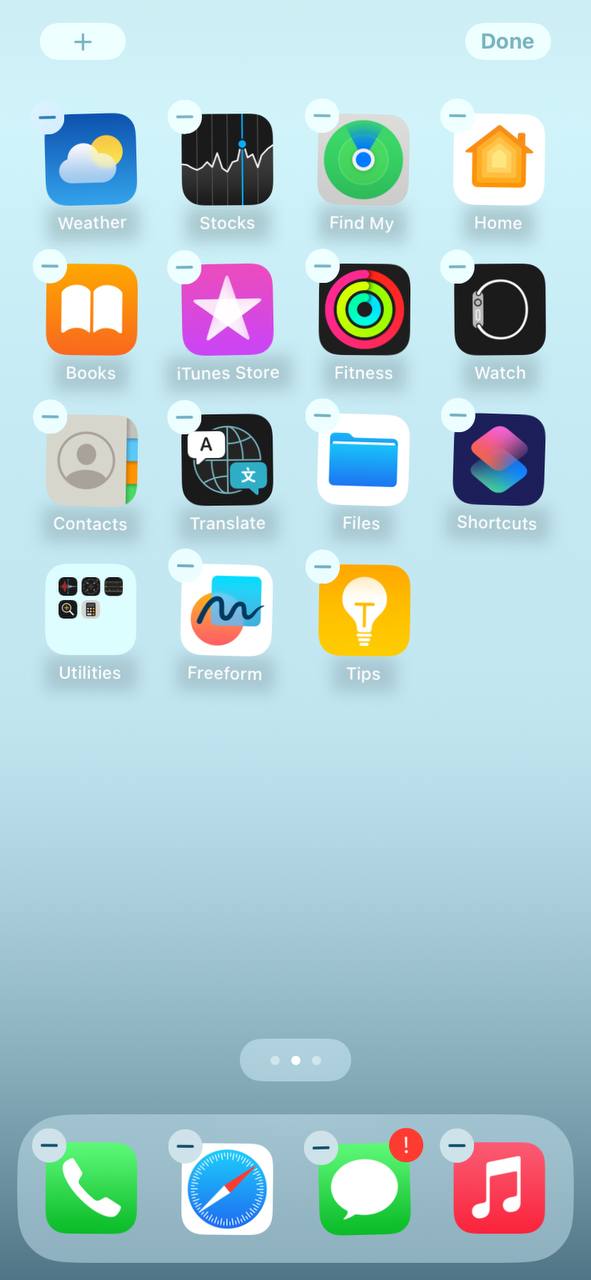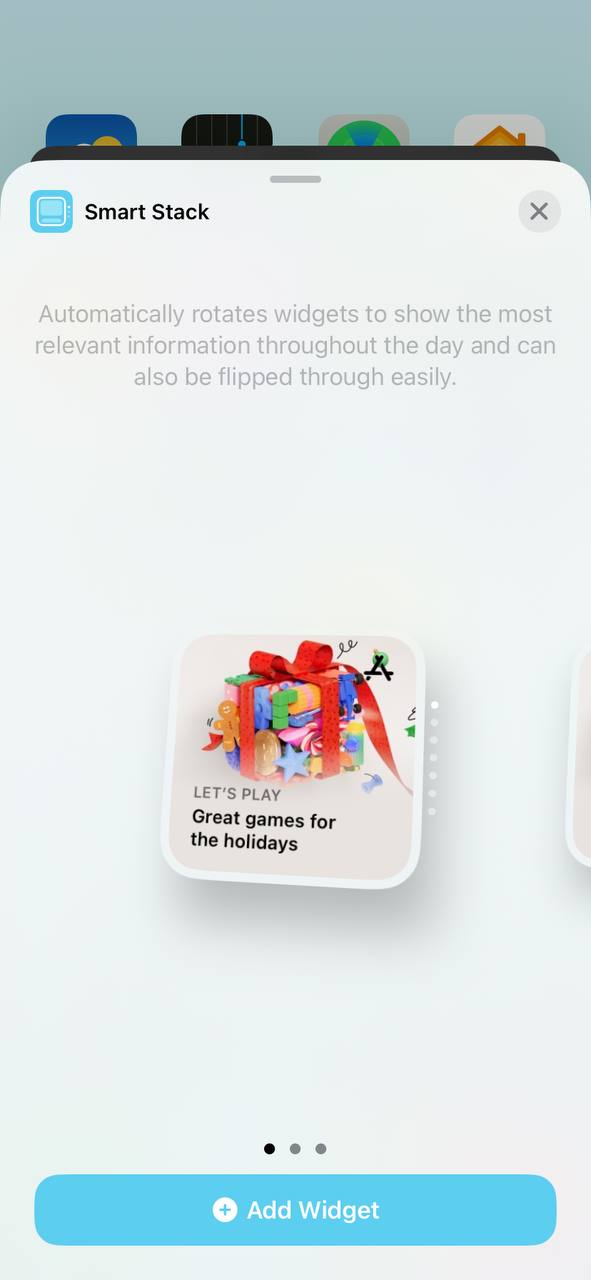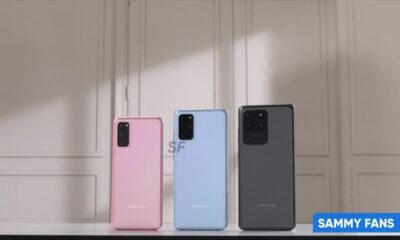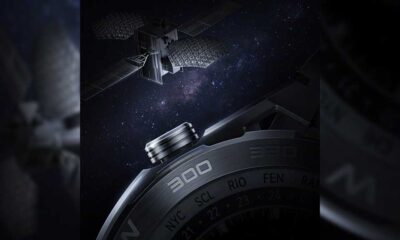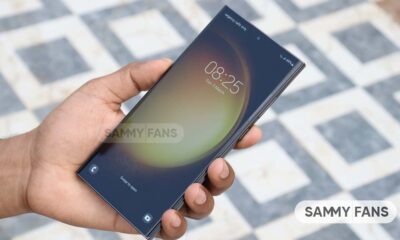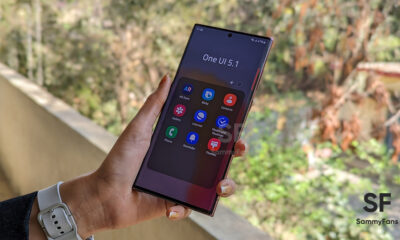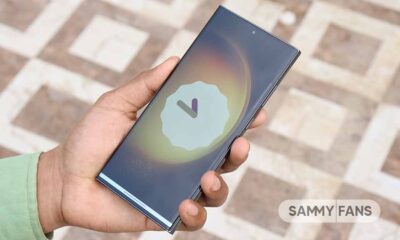Comparison
One UI 5.0 vs iOS 16 – Home screen customization
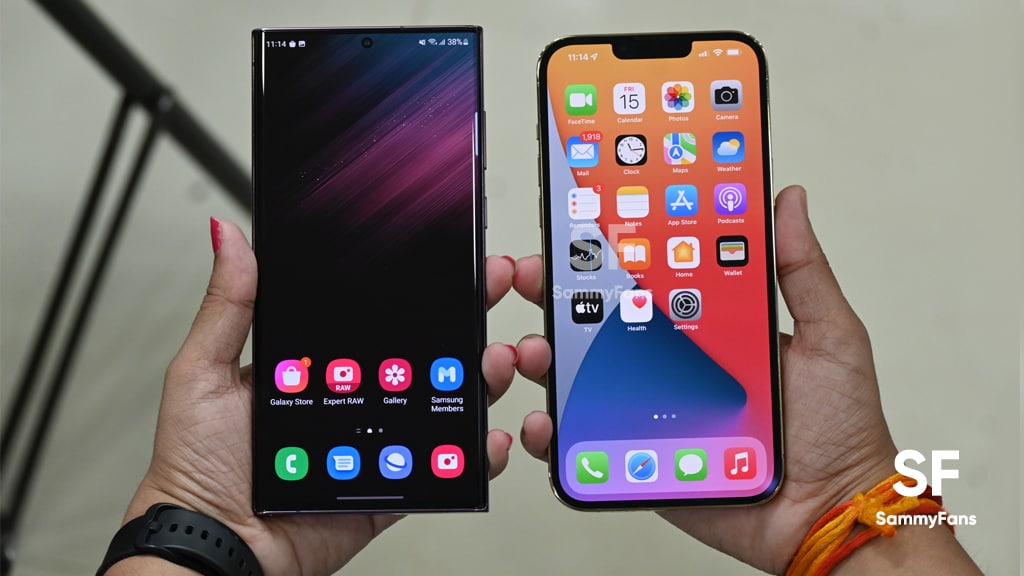
One UI 5.0 and iOS 16 are the latest software offered by Samsung and Apple respectively. Both software introduces new features and customization options for their customers. Meanwhile, we are going to compare the customization features of One UI 5.0 and iOS 16 Home Screen here.
Everyone knows Samsung is king when it comes to customization while Apple does not have a lot to offer for personalization. Well, the US tech has worked really well in the customization department for its iOS 16. Let’s see if the iOS 16 Home Screen is capable to stand against One UI 5.0.

One UI 5.0 Home Screen:
To begin with, One UI 5.0 improves the way Dynamic Theming implements on Galaxy devices. It brings 16 Color palettes that sync with your phone’s wallpaper. You can apply it and your user interface will have the same theme.
Moreover, Samsung introduced iOS-inspired widget stacking in One UI 4.1 but it has made this feature even better with One UI 5.0 software. It lets you combine multiple widgets of the same size and place them as one widget on the homescreen.
On the other side, the new Smart suggestion widget knows your needs before you do it shows apps to use, people to call, calendar events, and more based on your routine.
Aside from these, the company offers a ‘Home and Apps screens’ tool that helps to keep things organized by arranging your widgets and favorite apps on the Home Screen and all other apps will be shown on the App screen. However, if you want all your apps on the Home Screen, you can go for the ‘Home screen only’ function.
Next, you can change the grid of your apps and folders, add a media page, show or not show the app screen button, lock the home screen layout, add newly installed apps directly to the home screen, select app icon badges, use the home screen in landscape mode, hide apps, select various apps to uninstall at once, and much more.
iOS 16 Home Screen:
No doubt, Apple has greatly worked on customization with the new iOS 16 software, users can not go far beyond just rearranging icons into folders. An iPhone can have up to six rows of four apps and a dock. You can fill up a page and a new page is created for up to 15 pages.
iOS 16 has an App Library that is a searchable storehouse of every app installed on the iPhone. Sending apps here won’t remove them from the device, instead, it moves app icons out of the way and keeps them organized for easy access later.
New Apple software includes example widgets so it may be necessary to remove some unwanted widgets immediately. You can manage Widgets and widget stacks in the same way. However, when a little more customization is needed, make sure to create some custom widgets to match the wallpaper.
One UI 5.0 vs iOS 16 – Home Screen:
Although some elements of iOS 16, such as app icons, are better than One UI 5.0, Samsung is the winner when it comes to customization. The Korean company offers a lot of ways to customize the Galaxy home screen but the US phone maker has only a few.
From theming your home screen with different color palettes and applying a variety of wallpapers to Stack Widgets, app icon shapes and colors, and more, you can personalize every element of your One UI 5.0 Home Screen.
At the same time, iOS 16 only has a few functions that will only let you set different smart widgets, set different wallpapers, add app shortcuts, or some other minor tools.
Comparison
Samsung Galaxy S23 Ultra vs S22 Ultra: Camera Design
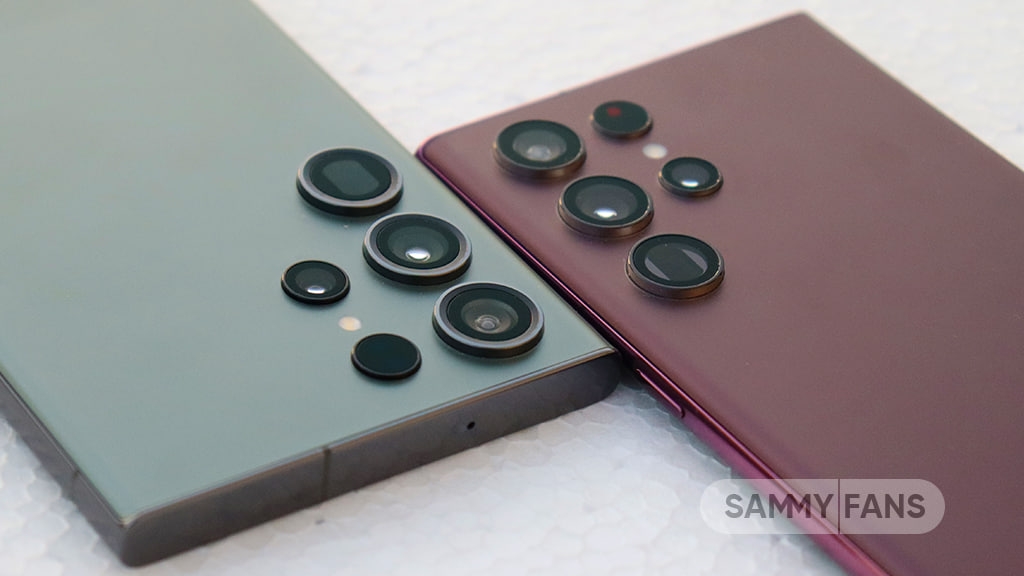
Samsung Galaxy S23 Ultra is a camera beast and brings a massive upgrade in features as compared to S22 Ultra but the design of this successor needs to be explored. In that case, we’ll have to do a comparison.
For your information, this comparison will look into the structure, layout, shape, lens count, and some key specifications of the rear camera module.
Design:
First comes the Galaxy S22 Ultra, which features a quad camera including a laser autofocus sensor and an LED flash. This system has two columns, the left side starts with a 12MP ultra wide-angle camera, followed by a 108MP wide-angle/main camera and the third one is a 10MP 10x periscope zoom camera.
The second column consists of a laser autofocus, an LED flash, and a secondary telephoto camera, capable of 3x zoom. Actually, the S22 Ultra resembles the S21 Ultra but without that large camera bump.
(Samsung Galaxy S23 Ultra – Left, Galaxy S22 Ultra – Right)
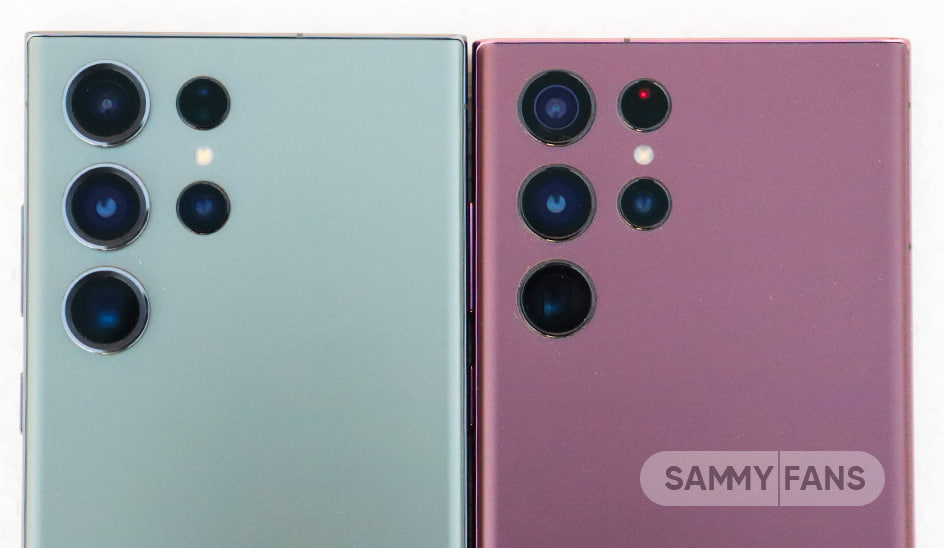
Successor?
If you look closely at the S23 Ultra, the difference between the camera structure and the aesthetics is barely noticeable. Because the Samsung Galaxy S23 Ultra willfully carries the camera design and layout from the S22 Ultra. Specifically, the first and second columns are identical in both devices. This is causing a variation in opinion among consumers who were expecting a major makeover.
Speaking of major, this flagship stands as a 200MP camera powerhouse. Using a super-resolution sensor, Samsung promises high-quality photography and robust optical image stabilization in videos.
Elegant Tweaks:
Aside from the layout and lens, Samsung Galaxy S23 Ultra brings a brand-new silver outsole ring. This tweak makes the entire module big, bulky, and elegant as compared to the past version.
In terms of appearance, this premium device strikes full marks for those new optimizations and it will definitely catch your eyes on the first look.
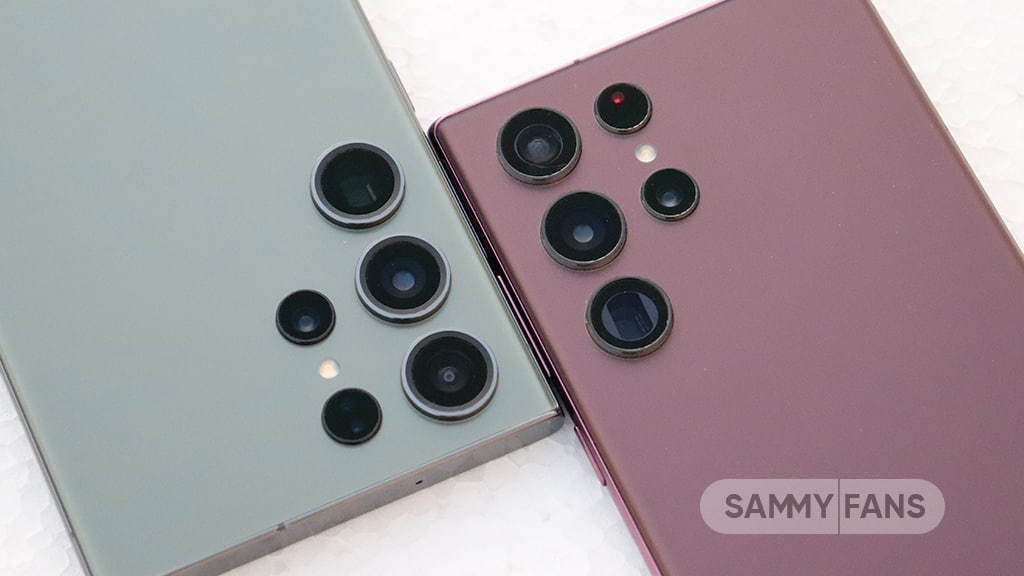
Comparison
Battery Widget – Samsung One UI 5.1 Vs Apple iOS 16
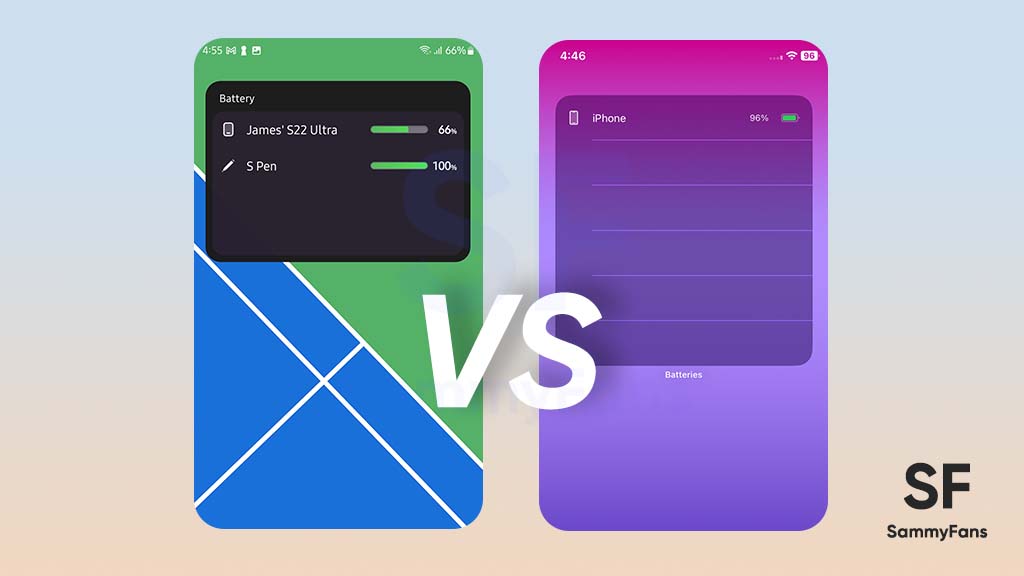
Samsung introduced a new battery status widget feature with the new One UI 5.1 software. Sadly, it’s not a new innovation as Apple’s iOS and Pixel’s Android already have such kind of widgets. Well, here we compare the battery widget of Samsung’s One UI 5.1 and Apple’s iOS 16 operating system.
Follow our socials → Google News, Telegram, Twitter, Facebook
Apple Battery Widget
Since Apple has already brought the battery status widget to iPhones, it has mastered the feature with generation improvements. In the latest iOS 16, there are three different battery widgets available on iPhones including a square (single), a rectangular (list), and a circular (4).
Samsung Battery Widget
Samsung’s battery widget introduces two choices for Galaxy consumers including the circular and square box styles. Both of the choices let you display the battery status of up to 8 devices including the smartphone itself. By default, the widget expands for 4 devices, which can be further enlarged for eight.

Comparison
One UI 5.1’s circular battery widget doesn’t have any background layer as all circles are arranged independently. On the flip side, iOS 16’s circular widget has a transparent layer so it can be clearly visible in any kind of wallpaper or home screen theme.
The One UI 5.1’s circular widget shows the device icon and percentage inside the circle, whereas the iOS takes additional space beside for percentage.
Talking about the second style, the rectangular widget of One UI 5.1 looks way better than the iOS 16’s. It has a solid background layer with an intuitive interface as well as a header, device icon, battery percentage bar, and text.
On the other hand, iOS 16’s rectangular battery widget keeps the same transparent background layer and occupies much space on the home screen. One UI can show the status of up to 8 devices, while iOS is limited to just 4.
Verdict
- Tied!
Apple’s battery status widget is unquestionably mature, compared to the first version of Samsung’s battery widget. Still, Samsung did a pretty good job when it comes to personalization of the widget and usability with a high amount of devices.
The circular widget of Apple looks better than the One UI, while the rectangular-styled widget of One UI clearly defeats iOS. It’s pretty difficult to make a winner in this comparison, as both have their own specialties and limitations. Well, which one do you prefer? Let us know through social media!
Comparison
Samsung Galaxy S23 Ultra vs Google Pixel 7 Pro – Fight for crown of Android
Samsung’s Galaxy S23 Ultra and Google’s Pixel 7 Pro are two of the best high-end Android smartphones available in the market. But which one to choose? Here’s a short comparison between these two Android kings.
The Galaxy S23 Ultra and Pixel 7 Pro look completely different, one has the vertical no-module camera set up while the other has a horizontal rear camera design.
Follow our socials → Google News, Telegram, Twitter, Facebook
The Galaxy S23 Ultra offers a bit larger display compared to the Pixel 7 Pro. Also, it is more durable as it uses Gorilla Glass Victus protection. On the other side, the Galaxy phone equips the world’s fastest Snapdragon processor made specifically for Galaxy.
When it comes to software, both phones drive Android 13 out of the box and support four major Android OS upgrades. Meanwhile, the Galaxy phone has some extra features that come with One UI 5.1.
The Camera and the camera features of Galaxy S23 Ultra is so good. It features a 200Mp camera and much improved nighttime photography. Whereas, the camera of the Pixel 7 Pro is also good to compete with the S23 Ultra.
For more information regarding the specifications of these phones, you can check out the comparison table mentioned below:
![]()
Samsung Galaxy S23 Ultra vs Google Pixel 7 Pro:
| Device name | Samsung Galaxy S23 Ultra | Google Pixel 7 Pro |
General
| Release Date | February 1, 2023 | October 6, 2022 |
| Dimensions | Height: 163.3 mm Width: 77.9 mm Thickness: 8.9 mm |
Height: 162.9 mm Width: 76.6 mm Thickness: 8.9 mm |
| Weight | 229 grams | 212 grams |
| S Pen | Yes | No |
Network
| Network Connectivity | 5G Compatible | 5G Compatible |
Processor
| Processor | Qualcomm Snapdragon 8 Gen 2 | Google Tensor G2 |
| CPU | 1×3.36 GHz Cortex-X3 & 2×2.8 GHz Cortex-A715 & 2×2.8 GHz Cortex-A710 & 3×2.0 GHz Cortex-A510 | 2×2.85 GHz Cortex-X1 & 2×2.35 GHz Cortex-A78 & 4×1.80 GHz Cortex-A55 |
| Operating System | Android 13 (One UI 5.1) | Android 13 |
| GPU | Qualcomm Adreno 740 | Mali-G710 MP7 |
Display
| Display Type | Dynamic AMOLED 2X | LTPO AMOLED |
| Screen Size | 6.8″ (120Hz) | 6.7″ (120Hz) |
| Screen Resolution | 1440 x 3088 px, 500 PPI | 1440 x 3120 px, 390 PPI |
Camera
| Rear Camera | Primary: 200MP Ultra Wide: 12MP Telephoto 1: 10MP Telephoto 2: 10MP |
Primary: 50MP Ultra Wide: 48MP Telephoto: 12MP |
| Front Camera | 12MP | 10.8MP |
Battery
| Battery Backup | 5000 mAh | 5000 mAh |
| Fast Charge | Wired: 45W | Wireless: 15W | Wired: 23W | Wireless: 23W |
Verdict: Samsung Galaxy S23 Ultra vs Google Pixel 7 Pro
- Winner – Galaxy S23 Ultra
It is a bit difficult to choose between these two phones as both are great. But since Samsung phones have some extra elements like One UI 5.1 features, Good Lock, Expert RAW, S Pen compatibility, 200MP camera, and advanced nightography, we would go for Galaxy S23 Ultra instead of Pixel 7 Pro.

